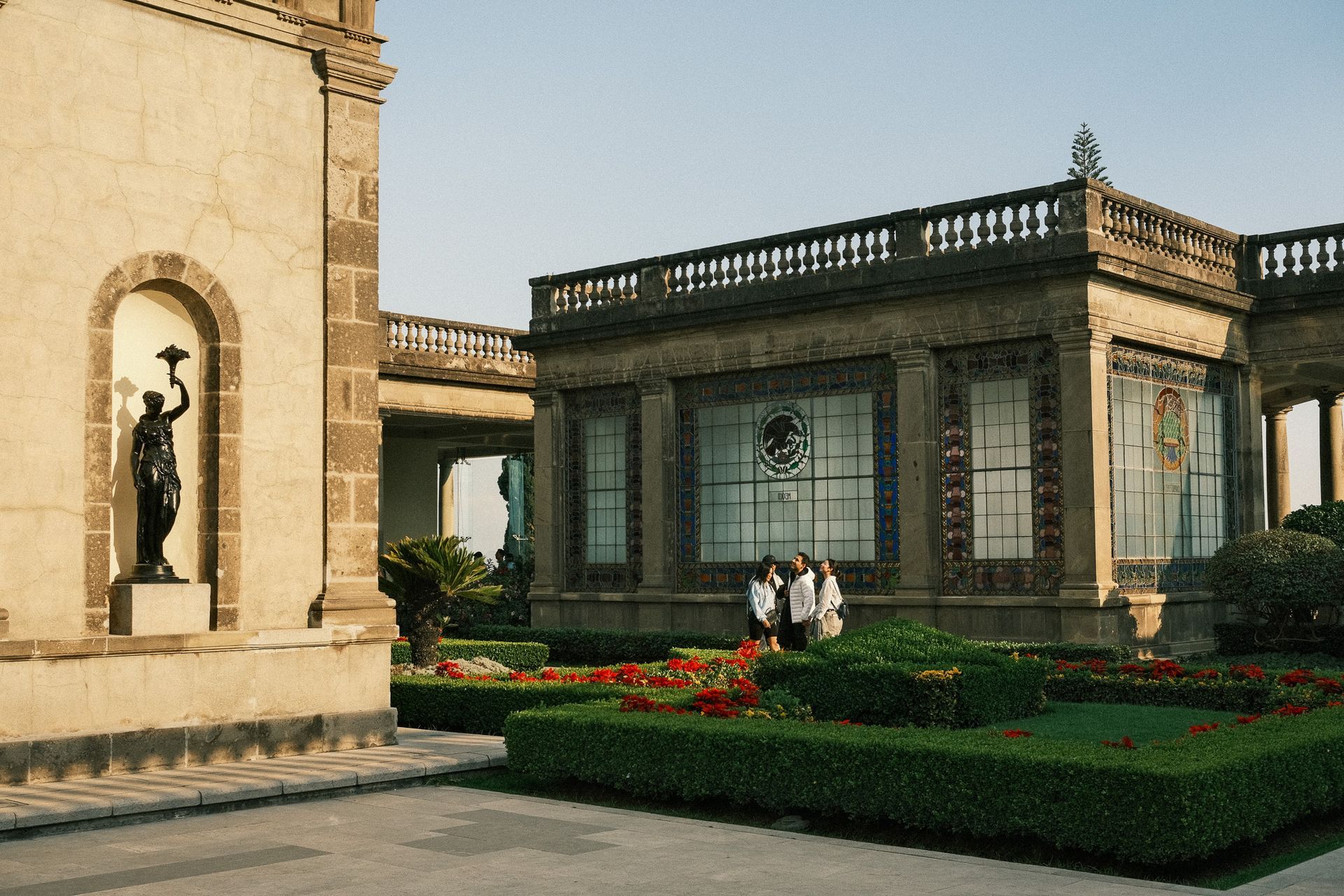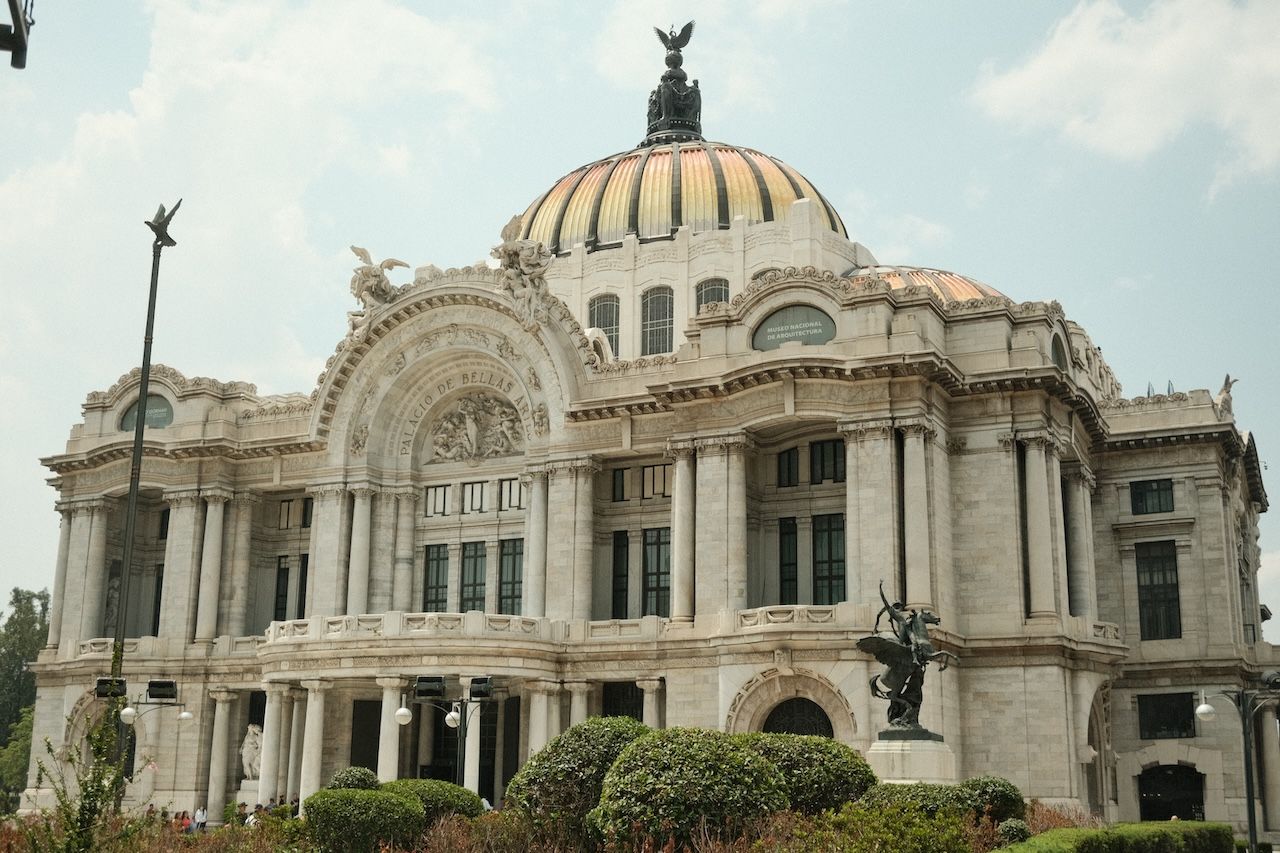
Get in touch
info@staynido.com
Journal
Explore Nido’s blog for insider tips, local guides, and cultural profiles to help you experience the best of every city we call home.

Exploring the Art Deco Architecture of Mexico City Mexico City is a vibrant urban landscape, where ancient Aztec ruins stand alongside towering modern skyscrapers. Between these two worlds lies a treasure trove of Art Deco architecture, a movement that emerged in the 1920s and 1930s, known for its bold lines, geometric shapes, and rich ornamentation. For the discerning traveler, exploring Mexico City's Art Deco gems offers an opportunity to witness the city’s evolution through a unique architectural lens. From iconic public buildings to elegant residential complexes, this style has left a lasting imprint on the city’s skyline and culture. At Nido, we understand the importance of immersing yourself in the local culture, and Mexico City's Art Deco legacy is a perfect example of how design shapes a city’s character. Let us guide you through the must-see Art Deco landmarks that will enrich your experience and give you a new perspective on this incredible metropolis. The Origins of Art Deco in Mexico City Art Deco began as a reaction to the ornate styles of the 19th century, introducing a streamlined, modern aesthetic that still retained a sense of luxury and elegance. Mexico City's embrace of this architectural style coincided with a period of rapid modernization in the early 20th century. The city was growing, and a new generation of architects sought to express both Mexican identity and global modernity through bold designs and innovative materials. The style quickly became synonymous with the city’s transformation into a cosmopolitan capital. Its influence spread across residential, commercial, and public buildings, blending European influences with indigenous motifs, creating a uniquely Mexican interpretation of Art Deco. Must-See Art Deco Landmarks in Mexico City 1. Palacio de Bellas Artes One of the most iconic examples of Art Deco architecture in Mexico City, Palacio de Bellas Artes blends Art Nouveau and Art Deco styles in a strikingly beautiful structure. The building's exterior features a white marble facade, while the interior showcases vibrant murals by renowned Mexican artists such as Diego Rivera and Rufino Tamayo. The theater inside is equally impressive, with a Tiffany glass curtain that depicts the Valley of Mexico. The combination of styles and the integration of Mexican themes into the design make Palacio de Bellas Artes a must-see for anyone interested in the intersection of art and architecture. It remains one of the most important cultural institutions in the country, hosting performances, exhibitions, and events. 2. Edificio Basurto In the heart of Condesa, a neighborhood known for its tree-lined streets and bohemian vibe, stands Edificio Basurto, a residential building that exemplifies Mexico City's take on Art Deco. Designed in the 1940s by architect Francisco J. Serrano, this building is celebrated for its curved balconies and sleek, vertical lines that reflect the elegance and simplicity of the Art Deco movement. The building stands as a testament to Mexico City's post-revolutionary optimism, combining form and function to create a residential space that is both practical and visually stunning. Walking through Condesa, you'll find several other Art Deco buildings, but Edificio Basurto is undoubtedly one of the highlights. 3. Edificio La Nacional Located in the bustling Centro Histórico, Edificio La Nacional was one of Mexico City's first skyscrapers, completed in 1932. At 13 stories tall, it may not seem like a skyscraper by today’s standards, but at the time, it represented the cutting-edge of urban development. The building's vertical design, with clean lines and minimal ornamentation, captures the essence of Art Deco's forward-thinking spirit. Its location in the heart of the historic district makes it an ideal starting point for a walking tour of the city's architectural evolution, as it stands alongside colonial-era buildings and modern high-rises. 4. Teatro de los Insurgentes Art Deco is not only about architecture—it's about a holistic design approach that integrates art, architecture, and public life. Teatro de los Insurgentes, built in the 1950s, is a perfect example of this. The building itself features Art Deco lines, but the real draw is the mural that adorns its facade, created by Diego Rivera. The mural depicts the history of Mexican theater, from pre-Hispanic performances to contemporary productions. It’s a celebration of Mexican culture, and the theater continues to be a cultural hub, hosting plays, concerts, and performances. 5. Edificio Corcuera Another standout in the Condesa neighborhood, Edificio Corcuera is a residential building that showcases the fluidity of Art Deco design. Built in the late 1930s, its facade features rounded balconies, a hallmark of the style, and decorative motifs that reflect Mexico City's unique take on the movement. As you walk through the streets of Condesa, it becomes clear that Art Deco left an indelible mark on the neighborhood’s architectural landscape. Edificio Corcuera stands as one of the finest examples of how architects blended modern design with the natural beauty of the surrounding environment. Exploring Mexico City's Art Deco Neighborhoods While individual landmarks are worth visiting, Mexico City's neighborhoods offer a more immersive Art Deco experience. Condesa and Roma are particularly rich in Art Deco architecture, and a casual stroll through their streets will reveal countless examples of this iconic style. These neighborhoods also offer a perfect blend of cultural experiences, with art galleries, cafes, and parks providing plenty of opportunities to take a break and soak in the atmosphere. Parque México, located in the heart of Condesa, is a perfect place to start or end your architectural tour, as it is surrounded by stunning examples of Art Deco buildings. Polanco, another neighborhood known for its upscale vibe, also features several Art Deco buildings. Here, you'll find a mix of architectural styles that reflect the neighborhood’s status as one of the city’s most sought-after areas. Art Deco Beyond Architecture Art Deco in Mexico City is more than just architecture—it’s a reflection of the city’s cultural evolution. The movement influenced everything from interior design to public art, and you’ll often find Art Deco motifs in unexpected places, from subway stations to hotel lobbies. To truly appreciate Mexico City's Art Deco heritage, it's worth exploring beyond the buildings themselves. Many of the city’s museums, such as Museo Nacional de Arte, feature collections that include Art Deco pieces, giving you a broader understanding of the movement’s impact on Mexican art and culture. Conclusion Mexico City’s Art Deco architecture offers a glimpse into a transformative period in the city’s history. As you explore the buildings and neighborhoods that define this era, you’ll gain a deeper appreciation for the city’s rich cultural heritage. Whether you're strolling through Condesa, marveling at the grandeur of Palacio de Bellas Artes, or discovering hidden gems in the Centro Histórico, Mexico City’s Art Deco legacy is sure to leave a lasting impression. At Nido, we believe that immersing yourself in the local culture is key to creating memorable experiences. Staying with us puts you at the heart of Mexico City’s most dynamic neighborhoods, giving you easy access to its architectural treasures and cultural landmarks. Come explore with us and discover the beauty of Art Deco in one of the world’s most fascinating cities.

